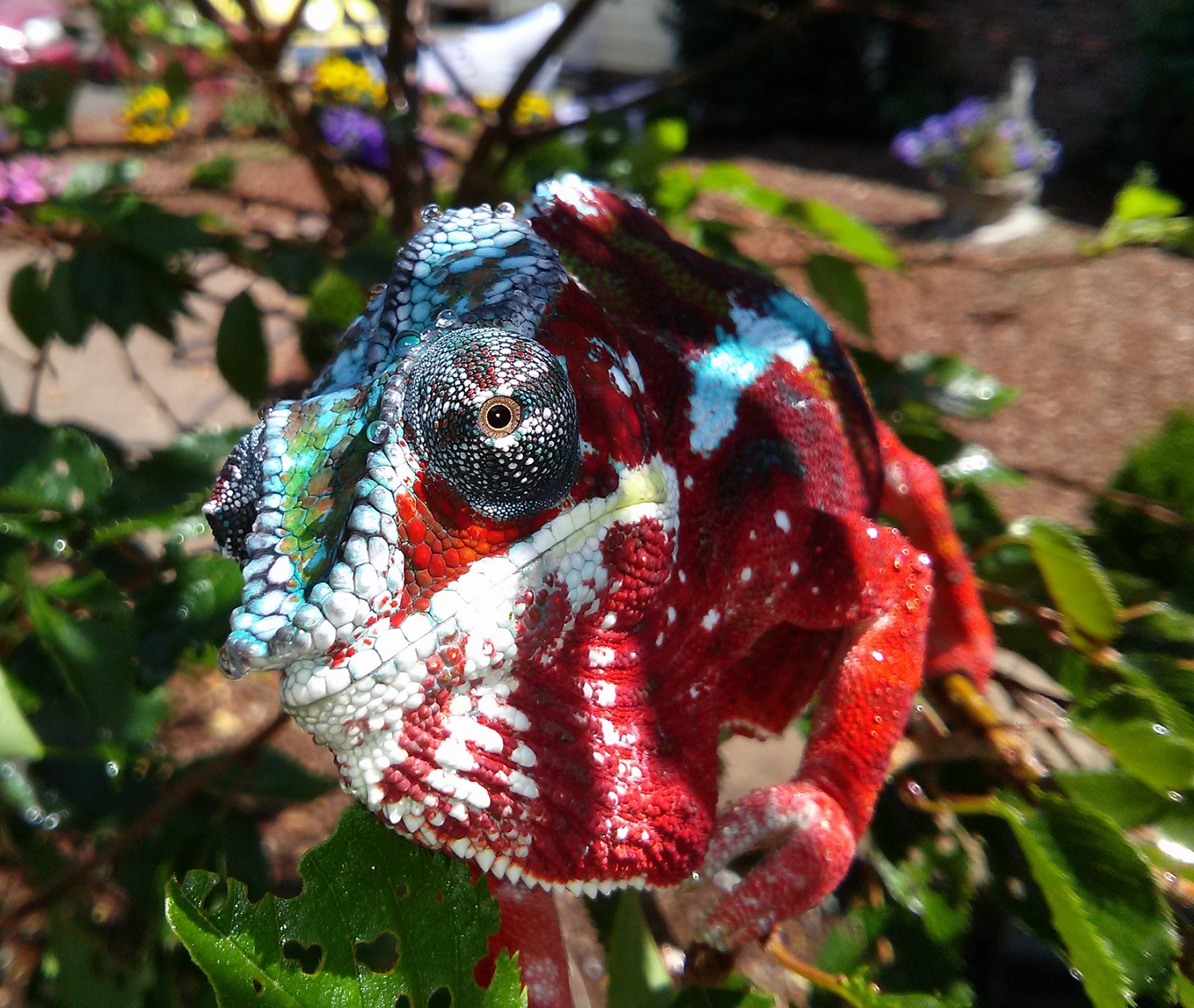maxttu
New Member
This thread is cooking with gas!
"I sell propane and propane accessories".
Who can guess where that quote comes from??
Follow along with the video below to see how to install our site as a web app on your home screen.
Note: This feature may not be available in some browsers.
This thread is cooking with gas!
The ones on the coronal process(their heads) are part of the skull itself, as with other chameleons. (I know, Ive taken them apart)
Sorry if this is a dumb question, but.. why do some of their scales look so... bubbly? I've never seen that before.
The ones on the coronal process(their heads) are part of the skull itself, as with other chameleons. (I know, Ive taken them apart)
The ones on their appendages, are just how the scales are. Its their particular scalation.
Off the top of my head, I would assume that it is a trait that has evolved to maximize surface area of the scale, while keeping the overall package small. (nothing wrong with that, its the motion of the ocean that counts...right?)
Anyhow, this would allow the animal to absorb more sun, while keeping the water and food needs to a minimum.
These are small chameleons, that live in brushery and shrubbery and whatnot. So to me, that seems to make sense.
I could be completely wrong though, as its just an assumation, and I am in no way qualified to make a direct official statement on the matter.
Seems like a good question actually. Lets ask Chris! I bet hell shoot us straight...
Luie

Camille

Elly

Sadie

Mufasa

Sid

Jr

Hendershot

Bertha

Joppa

Padre

Hera

Sage

Cooper

"I sell propane and propane accessories".
Who can guess where that quote comes from??
Just to clarify, there really isn't a such thing as a coronal process, but what you're referring to are simply the cranial crests. As you indicated, these are bony ridges of the skull that are covered in tubercular scales. Together these bony ridges and the tubercular scales that cover them form rounded eminences or sometimes even projections along the crests.
When not on those cranial ridges, the knobs are simply formed by lenticular, plate-like, or stellate/polygonal scales, which are enlarged tubercular scales of various specific shapes.
I don't believe anyone has studied the functional significance of these enlarge tubercular scales, however the degree to which these crests and scales are developed and their shape are often associated with species recognition and sexual-selection characteristics.
Hope that helps,
Chris

What are you looking at?!